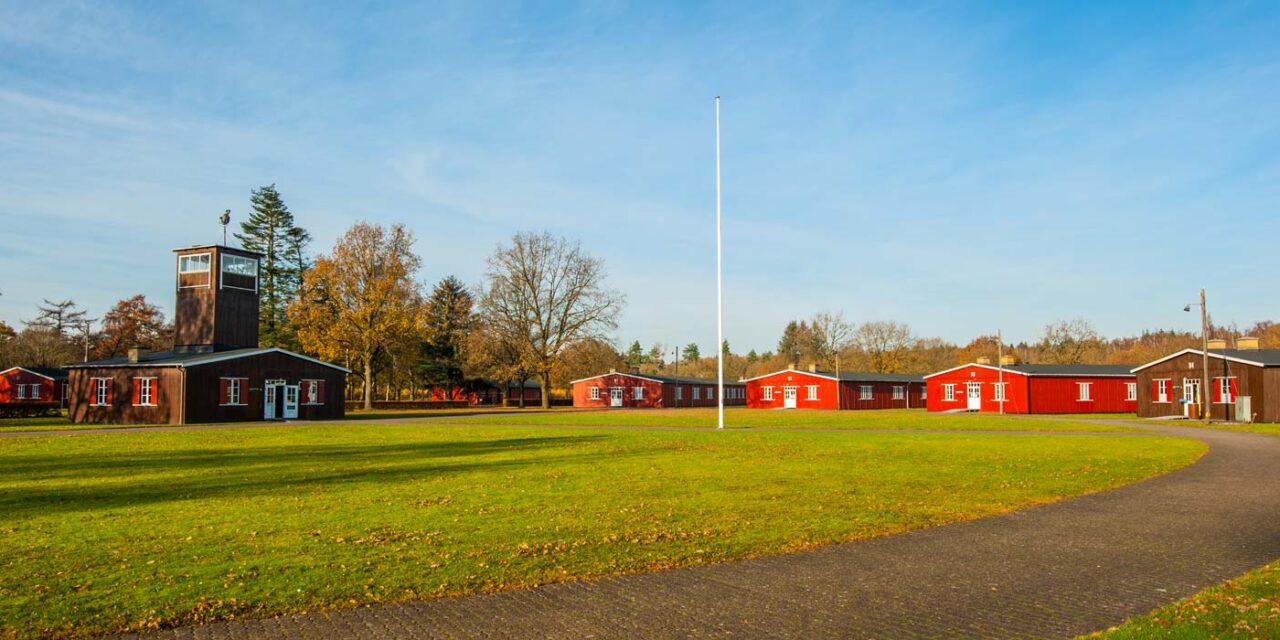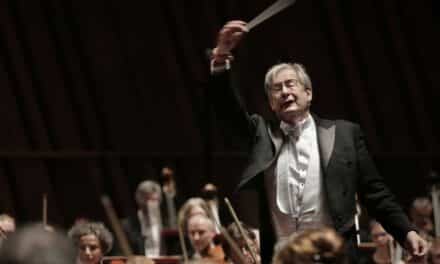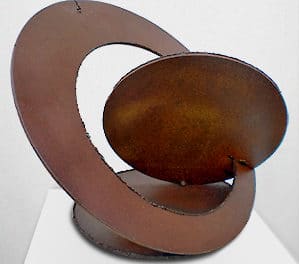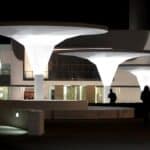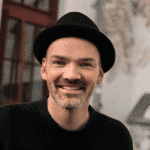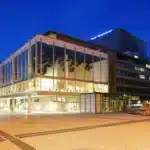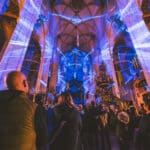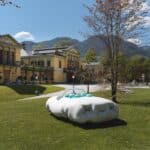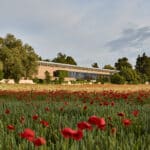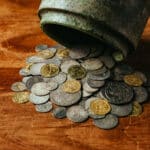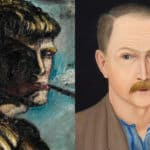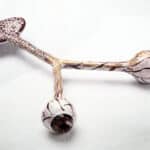Visit the Frøslev Camp Museum for an educational journey through the history of Denmark. You can visit various exhibitions that depict the life of the prisoners in the camp during and after the Second World War. The Frøslev Camp Museum is part of the National Museum of Denmark.
Exhibitions: Prisoner barracks and watchtower
The Frøslev Camp Museum is part of the National Museum of Denmark. At the Frøslev Camp Museum you can visit the three exhibition buildings that the museum has.
Visit the main watchtower and the former prisoner barracks H4 to get an idea of how the 12,000 prisoners lived in the Frøslev camp from 1944-1945. Some of the rooms are unchanged and provide an authentic picture of the camp during this period. Other rooms contain exhibitions illustrating the German surveillance of the camp. They also offer an insight into the everyday life of the prisoners - both with deportations to the German concentration camps and the evacuation with the so-called White Buses, which were used by the Swedish Red Cross. Towards the end of the Second World War, several thousand concentration camp prisoners were transported from the German concentration camps to neutral Sweden on the White Buses. The area around Padborg and Kruså and the Frøslev camp were important hubs in this large-scale evacuation.
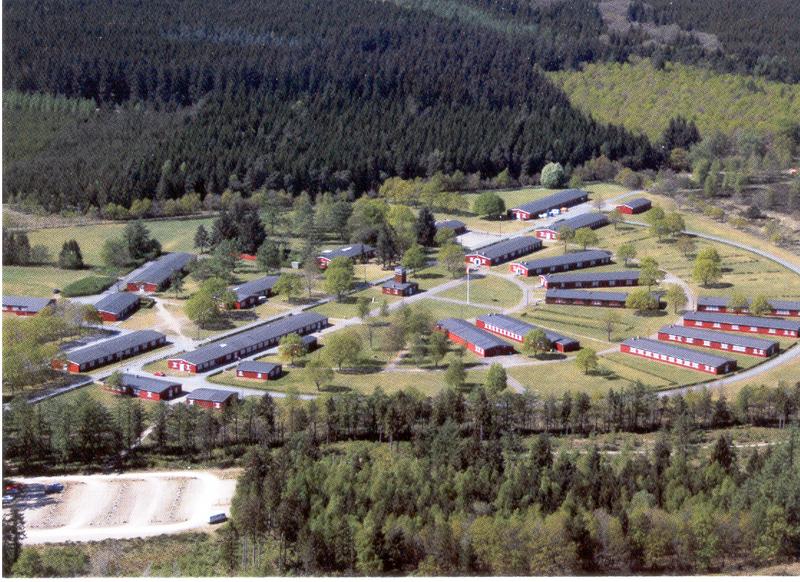
Bird's eye view of the museum © National Museum of Denmark
In Barrack H6 you get an interesting insight into the Fårhus camp in the post-war period from 1945-1949. The exhibition focuses primarily on the German minority in Southern Jutland, which was hit hard by the condemnations after the Second World War.
1945-1949: 5,000 prisoners
You may be surprised that the camp was still in use after the Second World War. This is when the name of the camp was changed to Fårhus Camp. From May 1945 until the fall of 1949, the camp functioned as an internment and penal camp as part of the sentences following the Second World War. During the four and a half years, more than 5,000 people were imprisoned in the Fårhus camp for shorter or longer periods. The Fårhus camp was the largest of the so-called "special punishment camps for traitors" in Denmark.

